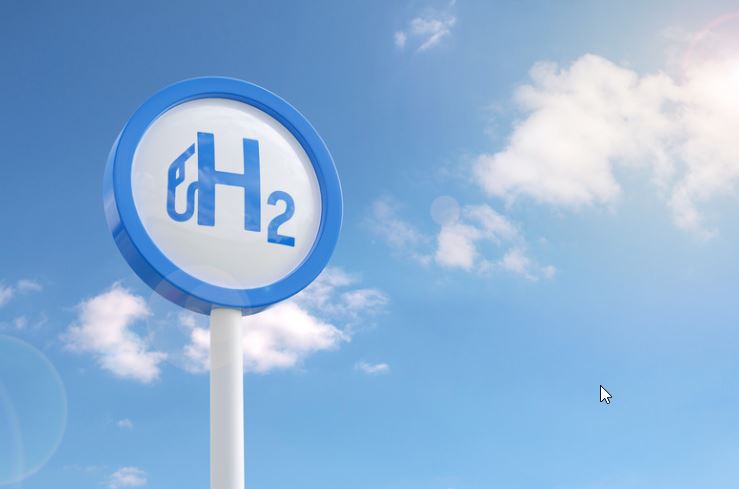One of Japan’s most significant hydrogen refueling stations for fuel cell vehicles has started operations at the former Tokyo Olympics and Paralympics athletes village site, revealed the metropolitan government.
Major oil distributor Eneos Corp. is accountable for the station’s operations and hydrogen production, in accordance with Tokyo government’s vision for the site. This development will provide a hydrogen supply sufficient for roughly 40 fuel cell buses daily operations.
In a first for Japan, hydrogen will be transported via an underground pipeline to a district of Harumi in Chuo Ward. It’s an innovative move that introduces hydrogen into a specific area’s residential energy mix, a stride the metropolitan government has pioneered. The primary potential of hydrogen here is the generated electricity through fuel cells, which are situated in the converted residential apartments in the former athletes village.
The electricity generated from fuel cells will be essential for numerous functions. It will be, for instance, needed for general lighting, and to power elevators in the high-rise apartments and commercial establishments in the vicinity.
Certainly, the Tokyo metropolitan government has not lost sight of the bigger picture. The increase in the use of hydrogen is a strategic move targeted at achieving a larger end. The government targets to reduce greenhouse gas emissions by half by 2030, taking 2000 levels as a benchmark.





